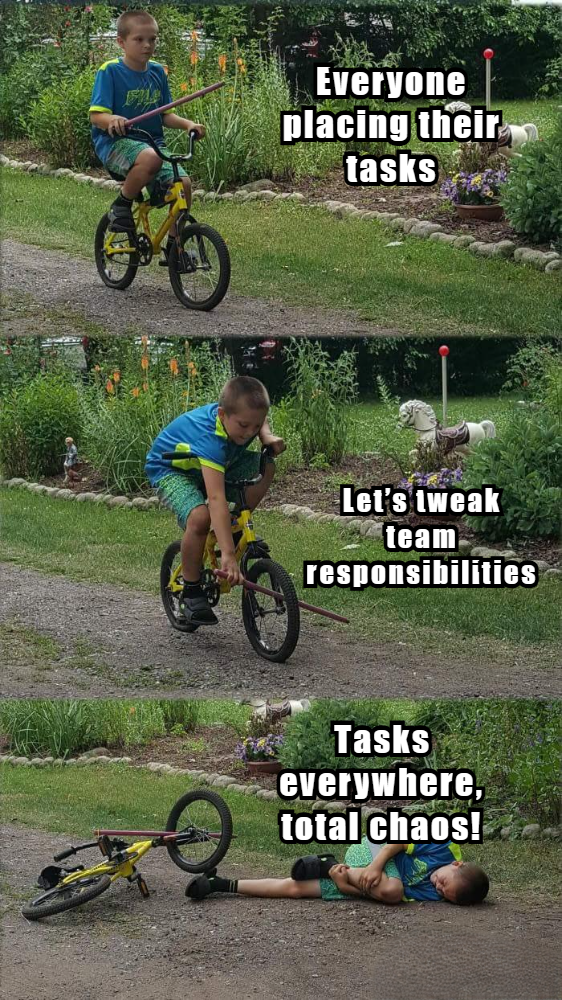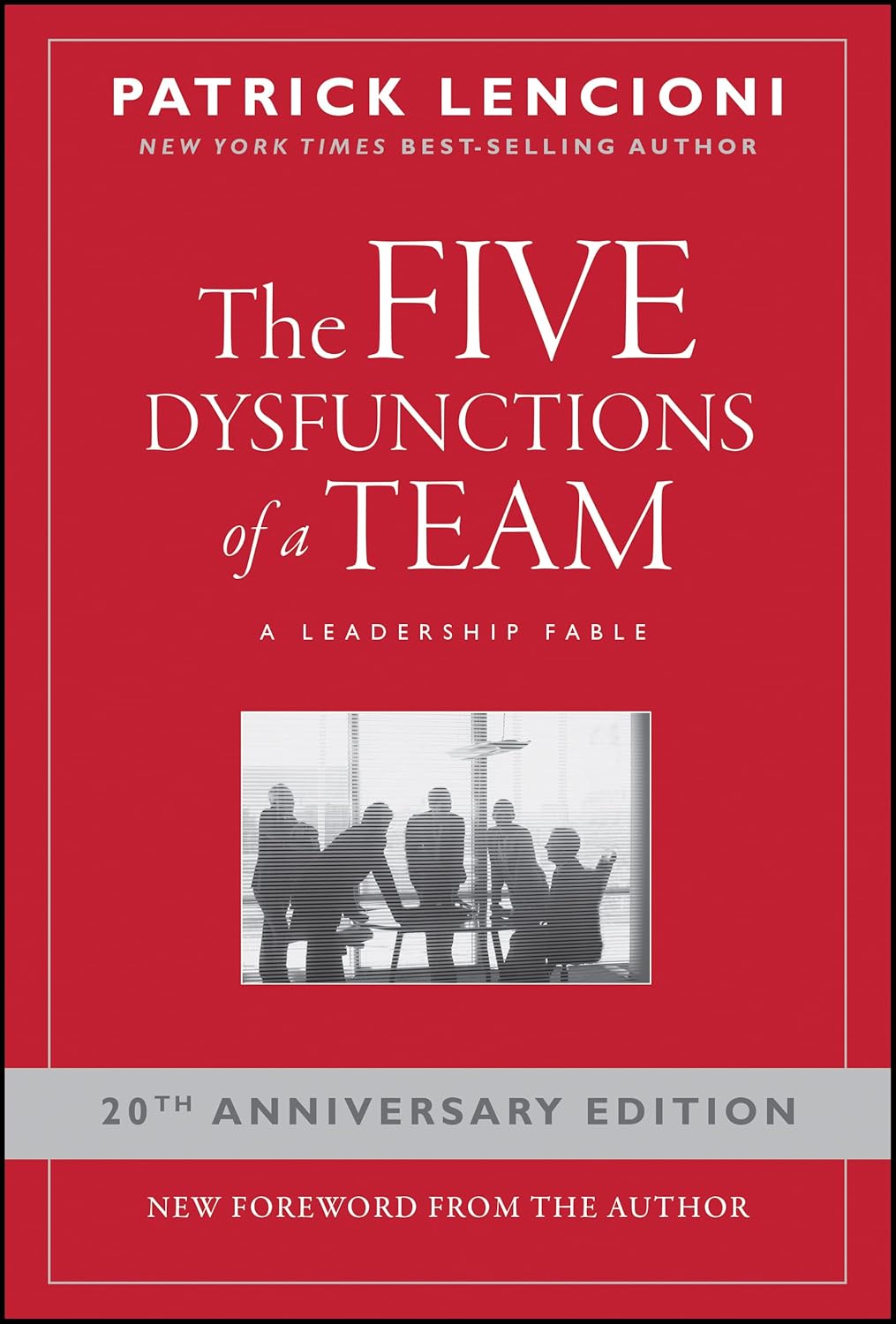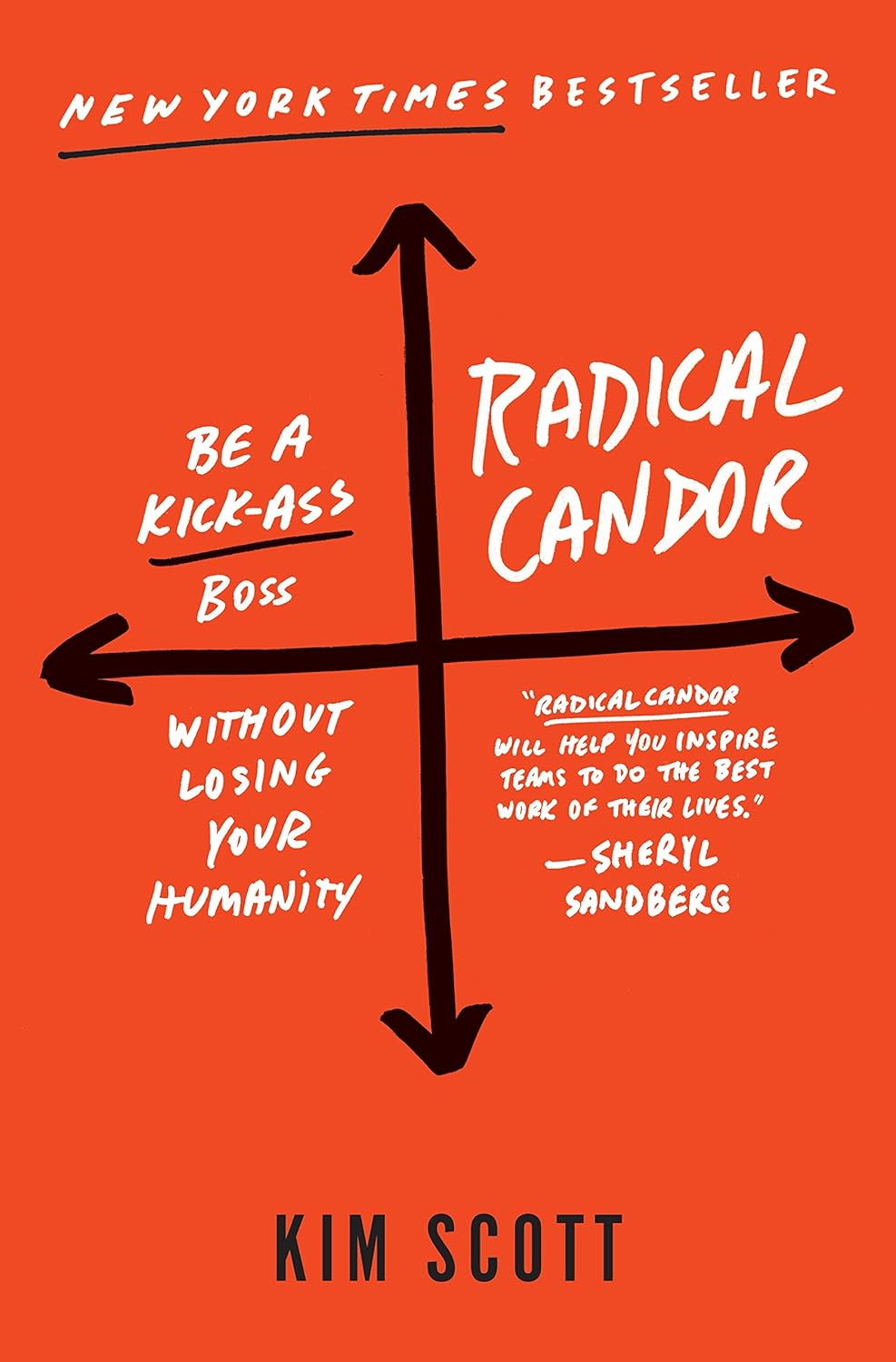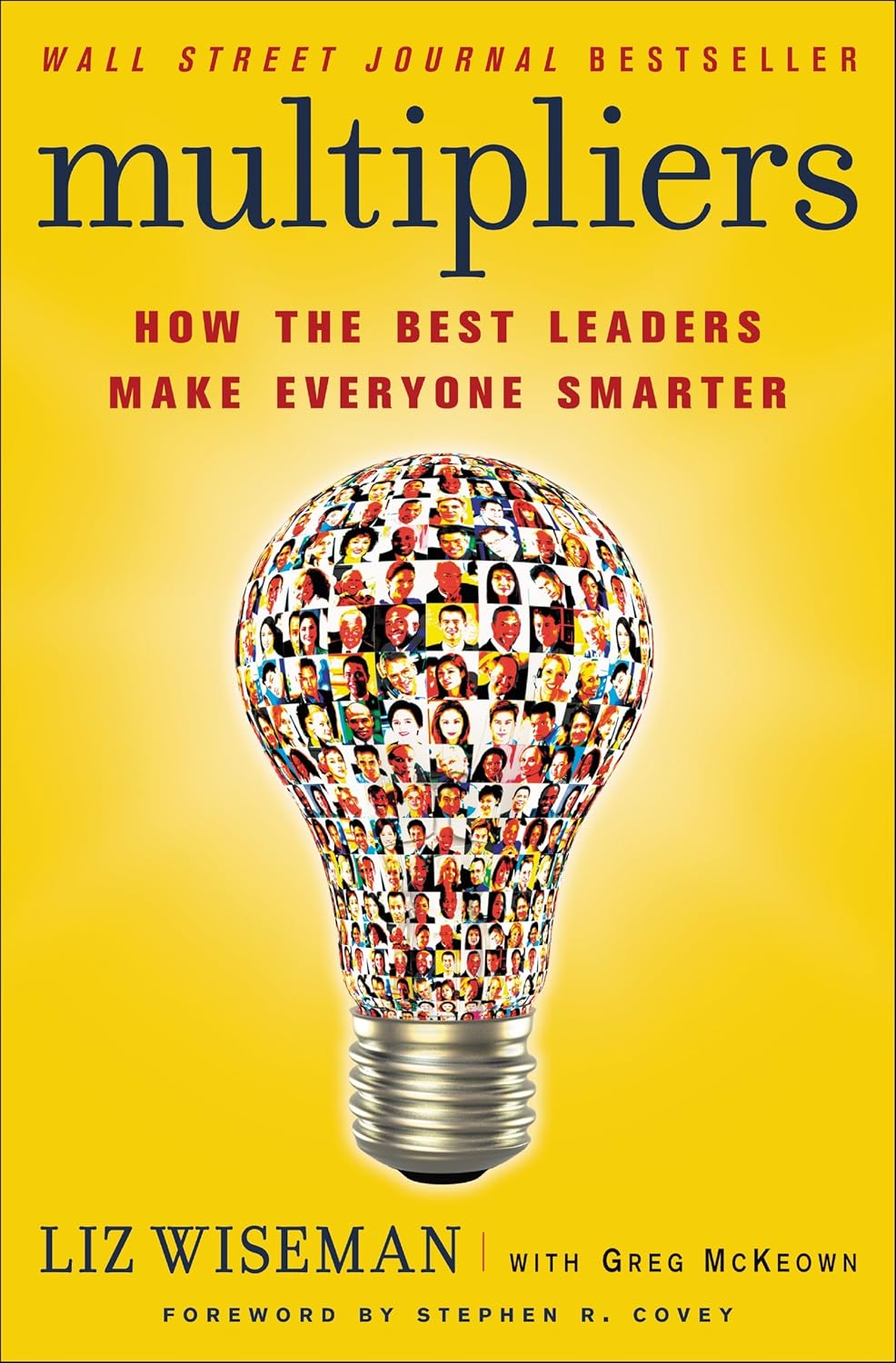Being productive in the comfort of your home is all about organization and structure. In this article, we’ll share fresh, practical tips to help you build a daily routine that supports steady focus and boosts your productivity throughout the day. Key takeaway
Managing overlapping roles in teams
The problem of overlapping responsibilities becomes particularly acute as organizations grow. Situations where two people work on the same task in parallel might seem anecdotal, but they actually reflect one of the main challenges facing modern teams—blurred lines of responsibility. Let's explore this in detail.
Key takeaways
Overlaps arise from unclear roles and the drive for independence
Managing responsibilities requires RACI, synchronization, and competency matrices
It's important to make intersections conscious and manageable, not eliminate them entirely
Introduction
The root of the problem often lies in unclear boundaries of responsibility. This is especially true for cross-functional projects where marketers need to interact with developers, and designers with analysts. In such conditions, "gray zones" naturally emerge where it's unclear who exactly should be making decisions.
Another reason is role evolution. What was exclusively one specialist's task a year ago may now require input from several experts. Technologies change, processes become more complex, and clear boundaries blur.
The third factor is the drive for independence. Many experienced employees prefer to "play it safe" and take responsibility themselves rather than risk project failure due to others' mistakes. While this approach is understandable, at the team level it leads to duplicated efforts.

The cost of uncertainty:
- Work duplication is a serious blow to team motivation. Imagine how a developer feels after spending a week optimizing an algorithm, only to discover that a colleague has already solved the same problem.
- Moreover, overlapping responsibilities create fertile ground for conflicts. When two people consider themselves responsible for the same area, disagreements in approaches, priorities, and working methods are inevitable.
In this article, we'll examine how to avoid the aforementioned problems and show you methods to solve them.
Mapping reality
Before implementing any tools, you need to understand the current situation.
- Conduct a simple exercise with your team: have everyone anonymously describe their main responsibilities. Then compare the results. Usually, the picture is quite colorful—the same tasks are mentioned by 3-4 people, while some critically important functions aren't mentioned by anyone.
- The next step is identifying pain points. Ask the team to recall situations from the past month when confusion arose about responsibilities. Don't be surprised if there are more such cases than expected.
RACI matrix
This simple table helps clearly define everyone's role in each process. But its effectiveness depends on proper application.
RACI stands for:
- Responsible (Executor) — the person who physically performs the work. There can be several people here.
- Accountable (Owner) — the person who answers for the result and makes key decisions. Critically important: there should be only one such person for each task.
- Consulted (Advisor) — those whose opinion must be considered. Usually experts in related areas.
- Informed (Observer) — those who need to be kept in the loop, but whose opinion isn't required for decision-making.
Practical tip: Start by creating a RACI matrix for one specific process. For example, for the process of hiring a new employee or launching a new product feature. Once the team masters the principle with a simple example, you can expand its application.
Practical example: When launching a new product feature, the executor might be a developer, the owner—a product manager, advisors—a designer and analyst, and observers—management and customer support.
Important nuance: Each task should have only one Accountable person. If there are two owners, then there's no owner at all.
Weekly synchronizations
Regular team meetings are a mechanism whose necessity cannot be denied. The format matters here. Classic stand-ups often turn into endless detail discussions.
Effective weekly sync format:
- What I'm planning (3 minutes per person): brief overview of key tasks for the week
- Where I need help (2 minutes per person): specific requests for support or consultations
- Potential overlaps (5 minutes for everyone): discussion of tasks that might affect colleagues' work
This format takes 15-20 minutes but saves hours of duplicated work.
Competency matrix
Every team has informal experts—people others turn to for advice on specific topics. Make this expertise formal. Create a "competency matrix"—a document that clearly describes who is an expert in which areas, who can provide backup, and who is just learning the topic.
Every team has informal experts—people others turn to for advice on specific topics. Make this expertise formal.
- Expert — makes final decisions, consults colleagues, responsible for developing competency within the team
- Practitioner — independently solves standard tasks, can back up the expert
- Novice — learning the area, works under expert or practitioner guidance
Such a matrix helps quickly understand who to approach with questions and who should make decisions in disputed situations.
Important: One person can be an expert in one area and a novice in another. This is normal and even beneficial for development.
Process transparency
Properly configured project management tools can become powerful allies in fighting chaos. Key principles:
- Unified information space: All tasks, their statuses, and assignees should be visible in one place
- Workload transparency: Everyone should see what colleagues are working on and how loaded they are
- Automatic notifications: The system should automatically inform stakeholders about task changes
- Don't chase complex systems. Sometimes a simple Google Sheets table works better than a sophisticated CRM system that half the team doesn't know how to use
The most sophisticated processes are useless if the team lacks a culture of open problem discussion. People should feel comfortable acknowledging uncertainty in their responsibilities.
Implementation plan
| Timeline |
Actions |
|
Week 1-2 |
Audit current situation. Gather team feedback on problem areas. |
|
Week 3-4 |
Create RACI matrix for 2-3 most problematic processes. Discuss and align with the team. |
|
Week 5-8 |
Implement weekly synchronizations. Give the new format time to take root. |
|
Week 9-12 |
Develop competency matrix. This is a more complex task requiring individual conversations with each team member. |
|
Month 4 and beyond |
Regularly review and adjust all created tools. |
Interesting fact 
In the early 20th century, Henry Ford revolutionized manufacturing by introducing the assembly line. For the conveyor belt to work efficiently, precise coordination and clear division of responsibilities were required—each worker was responsible for a specific stage of production, which reduced confusion and increased car production speed.
Related articles:
Explore flexible project management methods with Agile Project Management in 2025: Effective Projects.
Learn how structured processes can boost efficiency from the article about PM workflow: Steps to streamline project success.
Build a team with the right structure and refined processes using the article How to organize a team for long-term remote working.
Conclusion
As teams grow and projects become more complex, you'll need to regularly review areas of responsibility and improve coordination processes.
The main thing to remember is that the goal isn't to create a perfect system without a single overlap. The goal is to make all overlaps conscious, manageable, and directed toward achieving shared results.
Recommended reading 

"The Five Dysfunctions of a Team: A Leadership Fable"
Identifies common obstacles to team effectiveness and offers strategies to build trust, clarity, and accountability.
On Amazon
"Radical Candor: Be a Kick-Ass Boss Without Losing Your Humanity"
Teaches how honest communication and clear expectations help teams avoid role confusion and improve collaboration.
On Amazon
"Multipliers: How the Best Leaders Make Everyone Smarter"
Explores leadership techniques that empower teams through clarity of roles and shared accountability.
On Amazon






